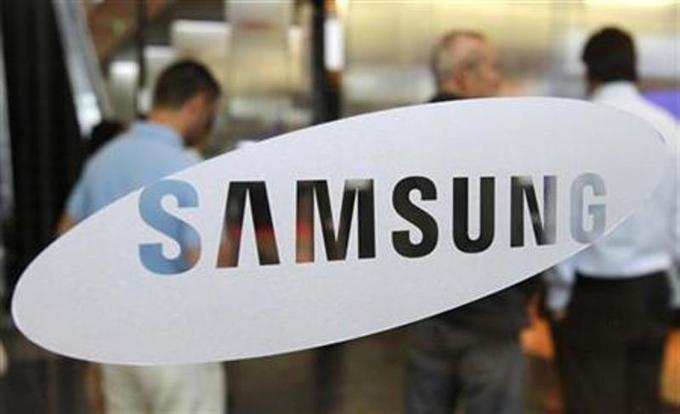
The 64-gigabyte model of the Galaxy S6 edge costs $290.45 to make, according to IHS Technology. That's more expensive than any Galaxy S model and
Samsung's flagship devices since the Galaxy S II in 2011 have consistently cost more to build but sold at similar prices of comparable iPhones - sometimes those with even smaller storage. Consumers paid similar amounts for the 32-GB versions of the Galaxy S4 and S5 as Apple's 16-GB models for the iPhone 5 and 5S, according to IHS. In the case of the new S6 edge, the 64-GB version sells for $799.99 in the United States (without a carrier subsidy), less than the retail price of $849.99 for the iPhone 6 Plus with the same storage capacity.
The chief reason behind this gap is that Apple's iOS operating system and robust software and services ecosystem command a much larger premium among consumers. Lacking those differentiators, Samsung has to offer higher quality hardware to stand out in an increasingly crowded marketplace but can't fully reflect those costs with higher retail prices. Should this trend persist, margins for Samsung's mobile business could be compressed further, and the only way to offset that is to rev up sales volume.
Another factor in Apple's favour, analysts say, is the economy of scale it enjoys by sticking with just one or two new models each year. Samsung, on the other hand, has a far larger portfolio of phones that retail for as little as $100 or as much as the S6 edge. "There is such a thing as a volume discount: even if you buy the same parts, the price for a customer ordering components for 200 million phones will be different from the price for a customer ordering for 50 million phones," Daewoo Securities analyst Jonathan Hwang said.
(Image: Reuters)